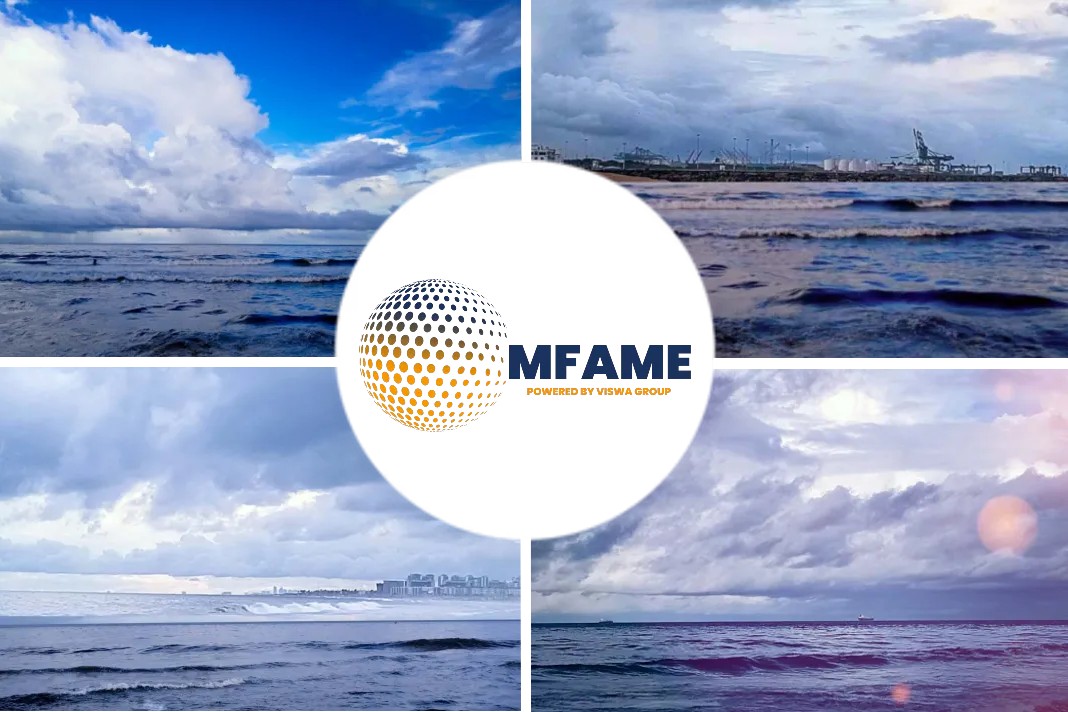An article published in TankerOperator says using drones could be a big improvement in safety and also supporting better tank inspections. The article also discusses two interesting projects in Denmark and Alaska aiming to explore what is possible.
Manual inspection is dangerous
Inspecting tanks is dangerous, and requires expertise. Use of drones could be a big improvement in safety and also supporting better inspections.
There are interesting projects in Denmark and Alaska aiming to explore what is possible.
Project in Denmark
Innovation Fund Denmark has funded DKK 11.8m (USD 1.8m) to develop a self-driving drone with “intelligence” for shipping inspections to the below team:
- The Technical University of Denmark,
- FORCE Technology,
- Shipping company Dampskibsselskabet NORDEN A/S and
- Lloyds Register.
The total project budget is DKK 19.4m, with the balance paid by project partners.
Project Inspectrone
The project is called “Inspectrone – Autonomous and high-level commanded system for remote inspection of marine vessels to support classification and commercial operations.” It was announced in October 2019, and will last for 3 years.
What is the aim?
- The aim is to develop a drone which will use visual sensors (video cameras) and ultrasound detectors.
- The system is intended to “not require expert users,” providing “objective and accurate inspections on its own.”
- It could be used in enclosed spaces and other hard to access areas.
About the partners role
FORCE Technology
FORCE Technology, one of the project partners, has a number of years’ experience doing drone based inspections.
Lloyd’s Register
Lloyd’s Register will provide expertise related to structural integrity of ships.
Dampskibsselskabet NORDEN A/S
Dampskibsselskabet NORDEN A/S will provide its ships for use testing and training the drones.
Technical University of Denmark
The Technical University of Denmark will develop technology to identify defects in images.
Evangelos Boukas, Assistant Professor at the Technical University of Denmark said:
“I am convinced that this technology will be able to give the Danish inspection and Danish shipping industry a leading position on the market.”
Drone based inspection
Drone operator Cyberhawk, UK, was asked by ConocoPhillips to provide drone based inspections of 12 cargo oil tanks and two slop tanks, on tankers travelling between Alaska and Los Angeles.
14 tanks in 7 days
In a test, carried out by a two man team, Cyberhawk examined the quality of the entire internal surface of 14 tanks in 7 days.
Inspection with witness
The US coastguard (USCG) and a class certification body was there to witness the inspection.
Inspection report
Cyberhawk provided “high quality inspection reports which enabled the client to understand the tank’s condition.” It can produce a 360 degree digital model of the tank which can be viewed from different levels, including close-up view of areas of interest.
Internal tank inspection
Cyberhawk claims to be the first company ever to complete an internal tank inspection using UAVs, and says it has “worked in multiple environments and projects since the launch of this service.
Benefits of the technique
According to Cyberhawk:
- This technique allowed Cyberhawk to quickly and efficiently undertake a safe audit of the structure.
- The client could prioritise further contact inspection or maintenance work.
- The data can be examined by someone safely at a desk onshore, rather than being examined by someone onboard.
Cyberhawk now says it is happy to undertake similar internal inspections of large tanks on vessels including FPSOs, bulk carriers and tankers. It usually takes one day per tank to do the inspection, while traditional inspections can take around seven days, the company says.
This survey is normally done by a technique called “rafting”, where a tank to be inspected is partially filled with water, and a ship surveyor sits in a raft or dinghy on the water, to inspect areas of the tank which are inaccessible from the tank floor. This creates a large volume of oil contaminated water, which needs to be transferred from the vessel to a waste reception facility.
Using a drone (or UAV) eliminates the need to do this. It also reduces the safety risk to workers.
Conoco Phillips perspective
The client, Conoco Phillips, presented its own perspective:
Traditional method of inspection
The traditional method of inspecting a tank could be to build a scaffolding inside the tank, known as “staging”, and have surveyors and technicians making a visual survey and taking thickness measurements from the scaffold. This method was developed to meet US Coastguard and American Bureau of Shipping requirements.
Risks involved
Risks include dropping objects on the tank floor, damaging tank coatings, and from people working at height enclosed spaces. It also prevents other work being done at the same time.
Drone inspection
Engineering Superintendent John Strebel was project lead for the drone inspection program at ConocoPhillips.
Benefits
- The inspection covered 12 cargo, two slop and five ballast tanks.
- In September 2018, Cyberhawk used three drones to inspect 14 cargo and five ballast tanks on the Polar Resolution tanker at the Sembcorp shipyard in Singapore, in a test project.
- Two drones were flown simultaneously, with drone operators on the ship’s main deck.
- They also used a drone to fly a 36 inch cargo pipeline, a task normally done by a person crawling through it, to look for erosion, damaged valves and overall condition. It entered the pipeline from an access hatch in the cargo tank.
“The results were excellent, providing good clarity for general inspection purposes,” Mr Strebel said.
Did you subscribe to our daily newsletter?
It’s Free! Click here to Subscribe!
Source: TankerOperator

















